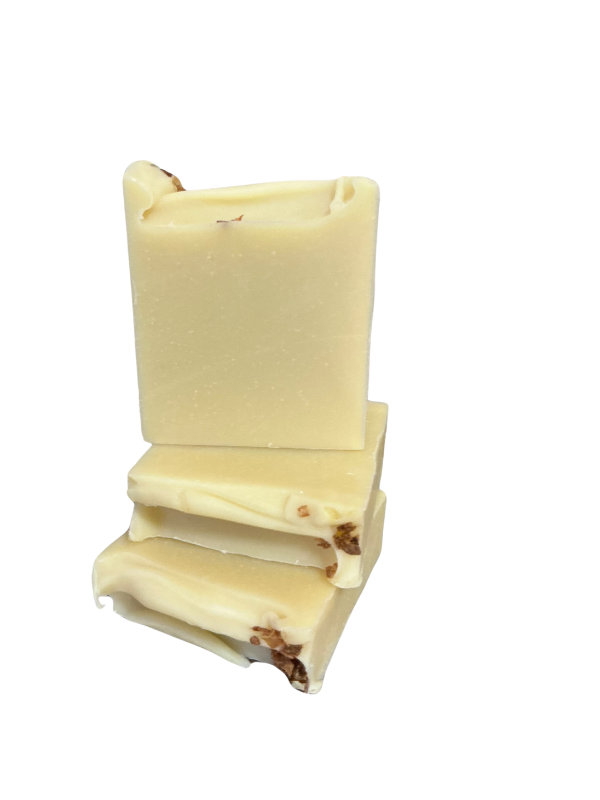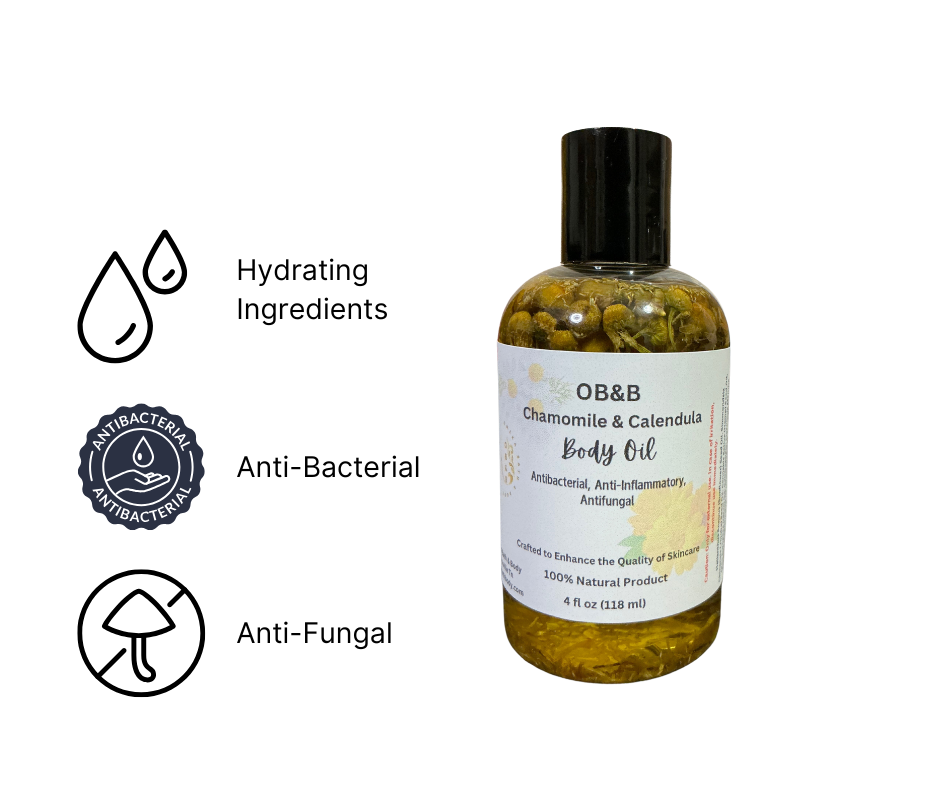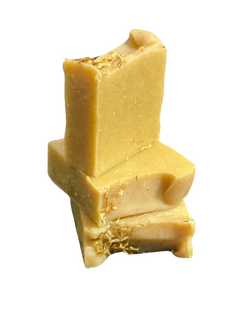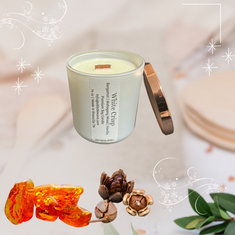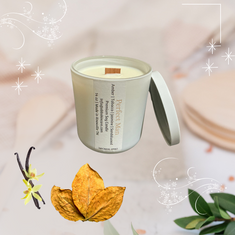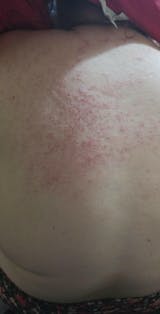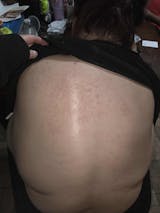Skin Types vs. Skin Conditions
Navigating the world of natural skincare can be overwhelming, especially when trying to understand the difference between skin types and skin conditions. Knowing your skin type is essential for selecting the right products; while recognizing skin conditions can help you address specific concerns. This guide will help you differentiate between the two, so you can create a skincare routine that caters to your unique needs and achieve a healthy, glowing complexion.
At OB&B Skincare, we believe in the power of natural ingredients to nourish and rejuvenate your skin. Our products are formulated with carefully selected botanicals, free from harsh chemicals, to provide gentle and effective care for all skin types and conditions.
Section 1: What Are Skin Types? Skin types are the natural characteristics of your skin, determined by genetics and other factors. The main skin types are:
- Normal Skin: Balanced, smooth texture, few imperfections, and a natural glow.
- Oily Skin: Excess sebum production, shiny appearance, larger pores, and prone to acne.
- Dry Skin: Lacks moisture, feels tight, flaky, and may have rough patches.
- Combination Skin: Oily in the T-zone (forehead, nose, and chin) and dry or normal on the cheeks.
- Sensitive Skin: Easily irritated, prone to redness, itching, and reactions to products.
- Mature Skin: Loss of elasticity, fine lines, wrinkles, and age spots.
Section 2: What Are Skin Conditions? Skin conditions are temporary issues that can affect any skin type. They are often caused by external factors, such as environmental stressors, lifestyle choices, or underlying health issues. Common skin conditions include:
- Acne: Characterized by pimples, blackheads, and whiteheads.
- Rosacea: Causes redness, visible blood vessels, and sometimes small, red, pus-filled bumps.
- Eczema: Leads to dry, itchy, and inflamed skin.
- Hyperpigmentation: Dark spots or patches on the skin caused by excess melanin production.
- Psoriasis: A chronic autoimmune condition that causes red, inflamed patches covered with silvery scales, often appearing on the scalp, elbows, knees, and lower back.
Section 3: How to Identify Your Skin Type and Condition To determine your skin type, observe how your skin behaves throughout the day:
- Normal Skin: Feels comfortable and balanced, with minimal oiliness or dryness.
- Oily Skin: Appears shiny and feels greasy, especially in the T-zone.
- Dry Skin: Feels tight, rough, and may have visible flakes.
- Combination Skin: Oily in the T-zone and dry or normal on the cheeks.
- Sensitive Skin: Reacts easily to products, with redness, itching, or burning sensations.
- Mature Skin: Shows signs of aging, such as fine lines, wrinkles, and loss of elasticity.
To identify skin conditions, look for specific symptoms and consult with a dermatologist if needed.
Section 4: Tailoring Your Skincare Routine When choosing skincare products, it's important to address both your skin type and any conditions you may have. Here are some tips:
- Normal Skin: Use gentle cleansers, lightweight moisturizers, and regular sun protection.
- Oily Skin: Opt for non-comedogenic products, gentle cleansers, and regular exfoliation.
- Dry Skin: Choose hydrating and moisturizing products, gentle cleansers, and moisturizers.
- Combination Skin: Use products that balance oil production while providing hydration.
- Sensitive Skin: Select gentle, scent-free, and hypoallergenic products with calming ingredients.
- Mature Skin: Look for nourishing and anti-aging products with ingredients like vitamin c and antioxidants.
In Conclusion: Understanding the difference between skin types and skin conditions is crucial for creating an effective skincare routine. By identifying your skin type and addressing any conditions, you can choose the right products and achieve a healthy, glowing complexion. Explore our collections to find the perfect solutions for your skin type and condition.


